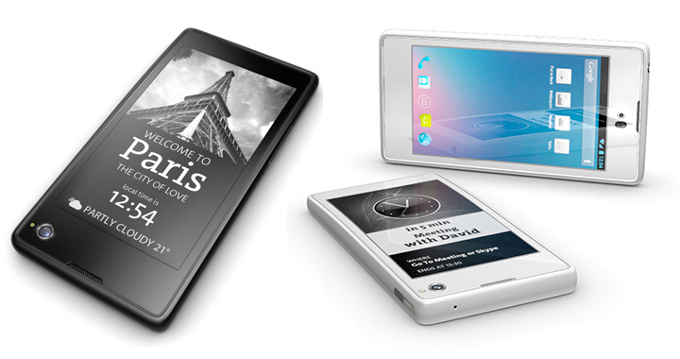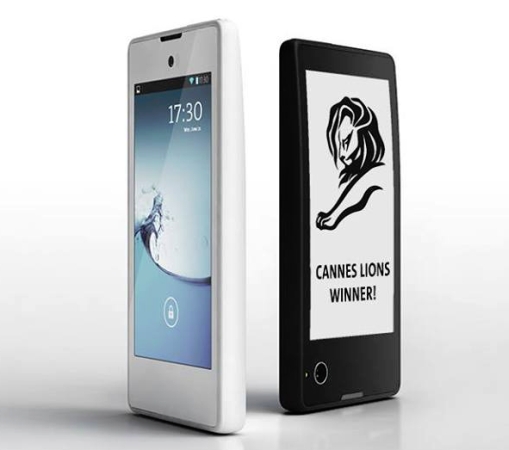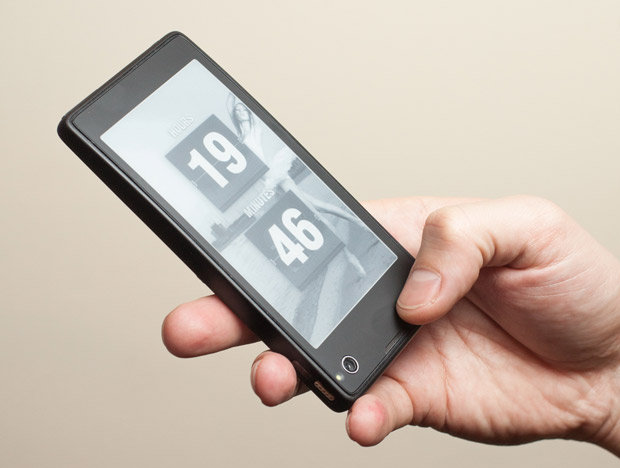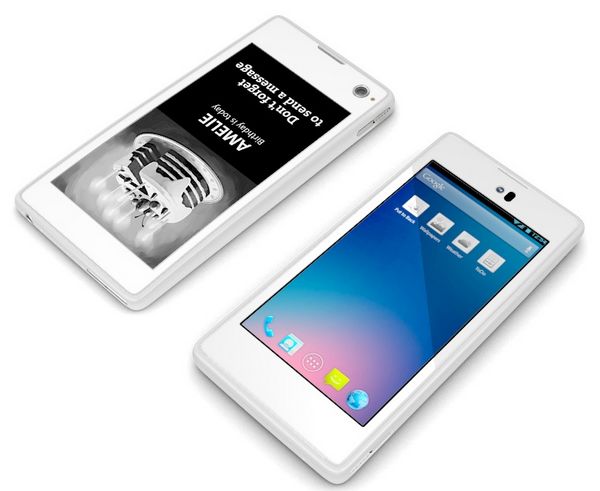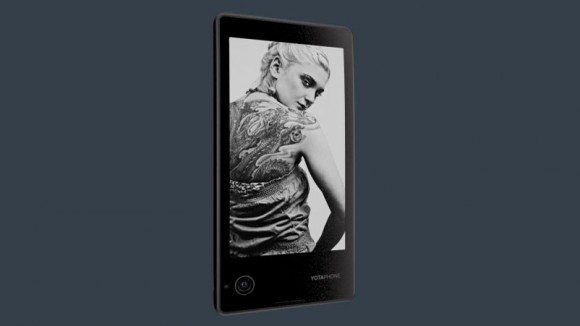YotaPhone Review
YotaPhone Hands-On
Introduction
YotaPhone is among the most interesting and extraordinary smartphones on the market today. It gives face to the concept for a phone with two displays – one on the front panel and one on the back plate. The smartphone was first introduced at the CES event 2013. It took almost an year to the company to launch the unique device and make it available for the vast audience. The most impressive thing about the YotaPhone is its second E Ink display that works with the power-saving technology that we see in the Amazon Kindle Fire tablets. The phone boasts a nice package of specs, although it is far away from the possibilities of the modern advanced smartphones available today. It runs on Android 4.2.2 Jelly Bean OS and works with a dual-core processor with a Qualcomm chipset.
Design and Display
YotaPhone has similar design to the ordinary smartphones available today. It is outfitted in a compact panel with neat black edging and protected with a glass display. The handset has wide bezels. The body of the YotaPhone measures 133 x 67 x 10 mm and weighs 146 grams. It is provided with a micro-USB port, 3.5mm headphone jack, a volume rocker and a power button. The phone has no capacitive buttons which makes it very interesting for working primarily with a system of gesture controls.
The front display of the device is 4.3-inches LCD with a resolution of 720x1280p. The screen delivers an excellent picture quality and great visual experience. The icons and the texts are readable and the colors are vibrant.
The E Ink display of the YotaPhone is the more interesting part of the device. It is located on the rare panel and it is designed with the technology used for the manufacturing of the Amazon Kindle Fire tablets. In general these types of screens are not backlit which means that they are not refreshed until there is fresh information to be displayed. They are among the most power-saving displays used in the digit world nowadays.
The battery life of the tablets and the YotaPhone working with E Ink display is amazing. It is believed that this type of screens is more appropriate for reading of e-books, browsing through the internet etc. The power safety capability of the screen is one of the strong sides of this display. The weakness is the low resolutions of 360 x 640 pixels. The icons and the texts are not as readable as on the LCD front screen. Another issue for the E Ink display is the lack of apps that support it. YotaPhone is an Android-running device which means that its owners can download and run apps from the huge collection of the Google Play Store. However very few of them support the E Ink screen of the YotaPhone. One of the directions that the company behind the smartphone will be working in order to improve the device is to attract third-party developers to create Android applications for the YotaPhone that are able to work with the E Ink screen. Some of the basic apps that can work with the phone are notepad, email, customizing of wallpapers, texts etc. The screen displays notifications from messaging apps social networks like WhatsApp, Facebook and Twitter.
Hardware
YotaPhone is powered by a dual-core CPU ticking at 1.7GHz with Qualcomm Snapdragon chip and 2GB RAM. It boasts 32GB storage and that is all you get. The phone does not support microSD cards.
The battery of the dual-screen smartphone is with a capacity of 1800mAh. Thanks to the E Ink display the phone stands out with a very long battery life.
Camera
The camera of the YotaPhone is with 13MP with LED flash. It is set on the rare panel of the handset in the bottle left side of the back plate. It delivers satisfying picture quality with excellent details in environments with strong light. There is a 1MP front-facing camera that works very well for video calls.
Software and Connectivity
YotaPhone runs on Android 4.2.2 Jelly Bean OS. Many users find it too outdated compared to the most innovative models in the market today and considering that the phone was just released for sales. The model arrives with abundance of pre-installed apps. The most impressive about the software is the fact that it is entirely based on gesture controls. It means you will need to get used to navigate through the platform via series of swipes. It takes some time to master the new navigation but the moment you figure it out it gets very easy. Some of the swipes that will help you to navigate the phone are: a right swipe to get to the home screen, a back swipe to go to the back, two finger swipe down will take a screenshot of the display etc.
It is interesting to follow how users will accept the new approach for gesture-based navigation without the main capacitive buttons most of us are used to use.
It terms of connectivity the YotaPhone supports most of the modern features that you would need. For example, it is LTE-enabled, supports Wi-Fi, GPS, Bluetooth and 3G.
Availability and Price
YotaPhone is already available for sales for customers. It is design in two color options – black and white. It is launched in Russia and some European countries for the price of € 499 (around £410 or $675). There are no plans for the releasing of the model in the US for now.
Source: YotaPhone Website

